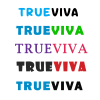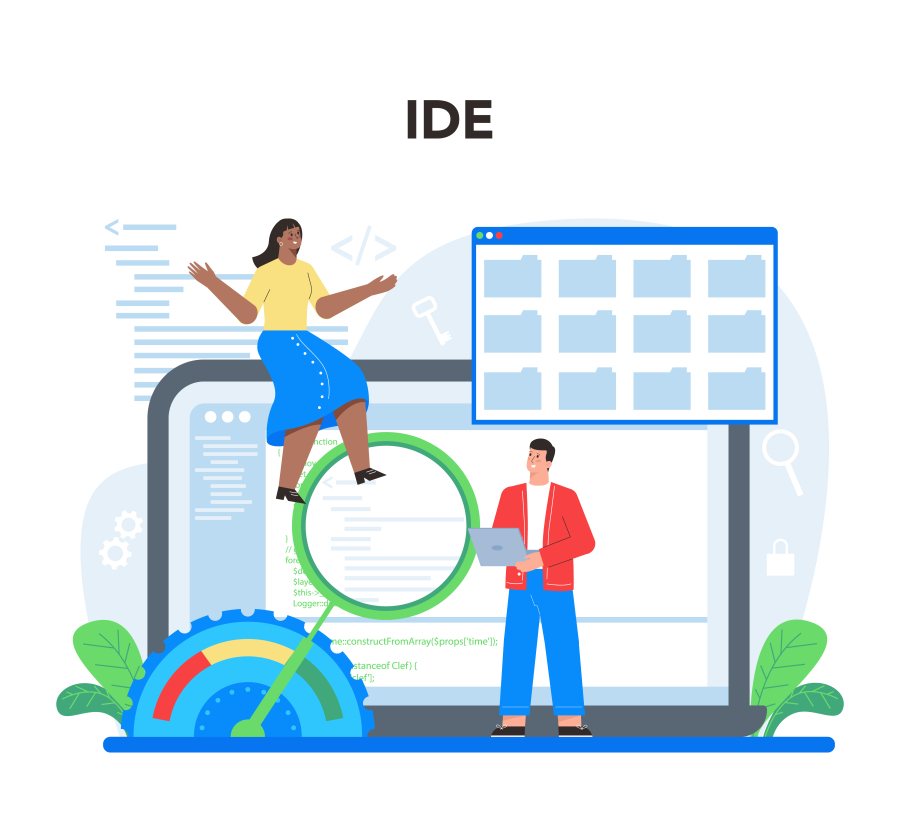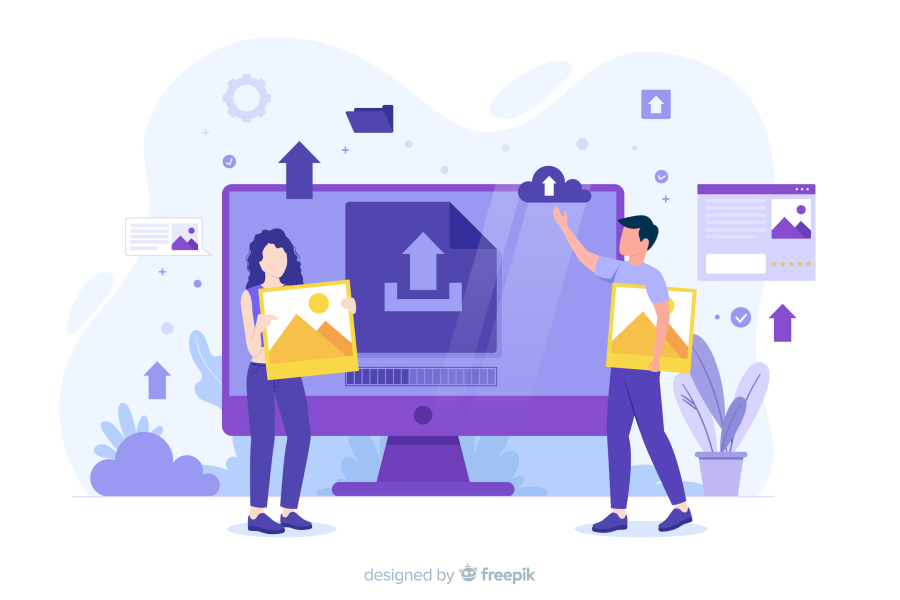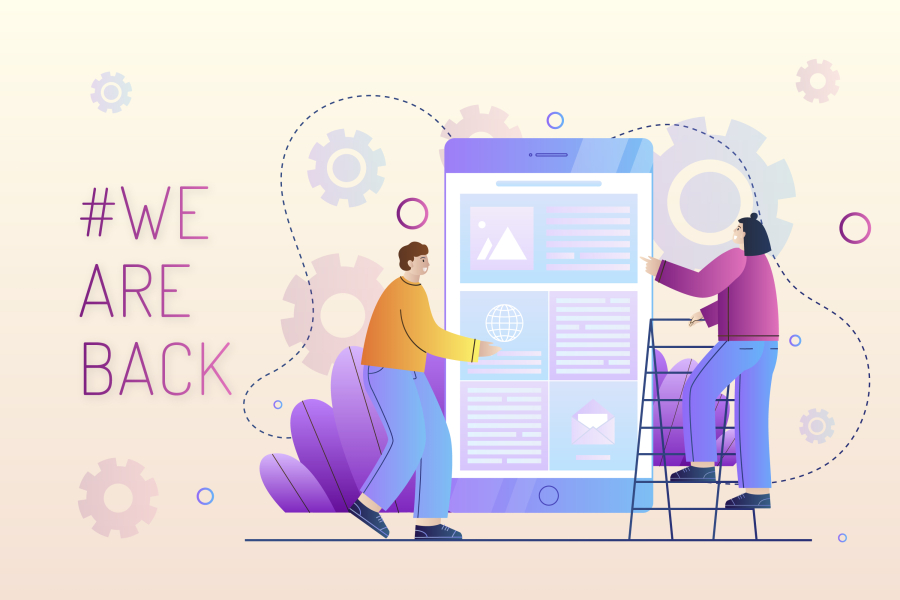How to Learn Web Development: A Complete Beginner’s Guide
Web development is one of the most in-demand skills in the digital era. Whether you want to become a full-time developer, start freelancing, or build your own projects, learning web development can open countless opportunities. At FreelancerBridge, we help beginners take their first steps in web development by providing structured guidance. This complete beginner’s guide will walk you through essential web development skills, tools, and learning paths to help you build your first website or application.
Long Description:
Web development is a valuable skill that enables you to create websites, applications, and digital solutions. Whether you’re looking to build a career as a developer or launch a freelancing business, understanding the core concepts of web development is essential. At FreelancerBridge, we’ve put together a step-by-step guide to help beginners learn web development efficiently.
1. Understanding Web Development
- Web development involves designing, coding, and maintaining websites.
- It is divided into Frontend Development (UI/UX design) and Backend Development (server-side programming).
- Full-stack development combines both frontend and backend skills.
2. Learn HTML, CSS, and JavaScript
- HTML (HyperText Markup Language) structures the content of web pages.
- CSS (Cascading Style Sheets) styles the website, making it visually appealing.
- JavaScript adds interactivity, allowing dynamic features like buttons and animations.
3. Master Frontend Frameworks and Libraries
- Learn Bootstrap to speed up styling and layout design.
- Explore React.js, Vue.js, or Angular to build interactive user interfaces.
4. Understand Backend Development
- Backend handles database management, authentication, and application logic.
- Popular backend languages include PHP, Python, Node.js, and Ruby on Rails.
- Learn how to work with databases like MySQL, PostgreSQL, and MongoDB.
5. Get Comfortable with Version Control (Git & GitHub)
- Git helps you track changes in your code.
- GitHub allows collaboration and remote code storage.
6. Learn About APIs and Web Services
- APIs (Application Programming Interfaces) connect different services.
- RESTful APIs and GraphQL are widely used in modern applications.
7. Explore CMS Platforms (WordPress, Shopify, etc.)
- Content Management Systems (CMS) help non-coders build websites easily.
- WordPress powers over 40% of websites and is great for blogs and business sites.
8. Practice Responsive Design & Mobile Optimization
- Websites must be mobile-friendly for better user experience and SEO.
- Use CSS Flexbox and Grid for responsive layouts.
9. Get Hands-On Experience by Building Projects
- Apply what you learn by building personal projects like portfolios, blogs, or e-commerce sites.
- Participate in open-source projects and contribute to real-world applications.
10. Join Web Development Communities and Keep Learning
- Engage with platforms like Stack Overflow, GitHub, and freeCodeCamp.
- Stay updated with new technologies through blogs, courses, and tutorials.
Conclusion:
Web development is an ever-evolving field, but with the right learning path, anyone can become a skilled developer. By following this step-by-step guide, beginners can build a strong foundation and start creating professional websites. At FreelancerBridge, we’re here to support your journey into web development, whether you're aiming for a career or freelancing success.


 by Emily
by Emily




